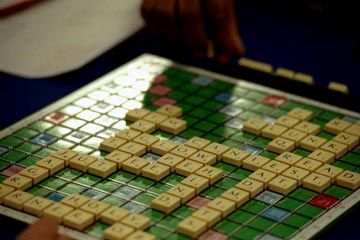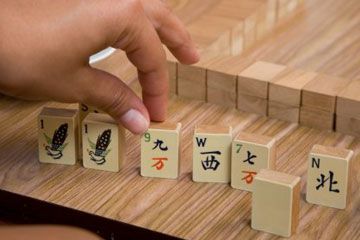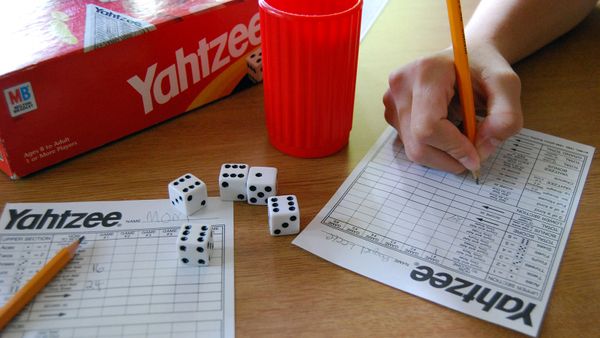Backgammon Variations

If you enjoy playing the basic version of backgammon, that's perfectly fine. But many fans eventually want to elevate the game to a new level. Doubling was introduced in the 1920s for this purpose. In some gaming activities, someone can propose to double the stakes, and you're able to turn down the wager. In backgammon, you're not allowed to. If your opponent offers you a double, you can give up the game, pay the agreed stake (whether it's money or M&Ms) and start another game or continue playing for double the original stake.
Before we explain doubling further, remember that most people don't play one-off backgammon games; they play a series of games and compete to reach a certain number of points or to accumulate the most points. In this arrangement, a player who uses doubling effectively can earn points much more quickly.
Advertisement
Here's how it works: At the start of a game, you place the doubling cube — the six-sided die bearing the numbers 2, 4, 8, 16, 32 and 64 — in the center of the board with 64 on top. The number 64 equates to 1 because the doubling cube doesn't show a 1. Neither you nor your opponent controls the cube at this point.
Now let's say you feel you have an advantage as the game unfolds. Before you roll the dice on your turn, you declare that you're going to double, and you turn the doubling cube to the next highest value.
If your opponent accepts, the value of the game doubles. She then takes control of the doubling cube and can make the next double.
If your opponent eventually decides to double herself, the stakes rise again. Subsequent doubles in the same game are known as redoubles.
Doubling doesn't have to stop with the highest value shown on the doubling cube. You can double beyond 64, but you'll need to keep track of the numbers somehow.
Another way to up the ante is to play chouette, a form of the game for more than two players. To start, each player who wants to join a game throws one die. The player rolling highest becomes the box and plays against everyone else — the team. The person with the second-highest roll becomes the captain, rolling the dice and making the plays for the team.
Computers also get in on the backgammon fun. Sites like Play65 and 24.7 Backgammon allow you to play backgammon instantly without having to download software or pay anything.
Up next: some of the skills you need to become a great backgammon player.


